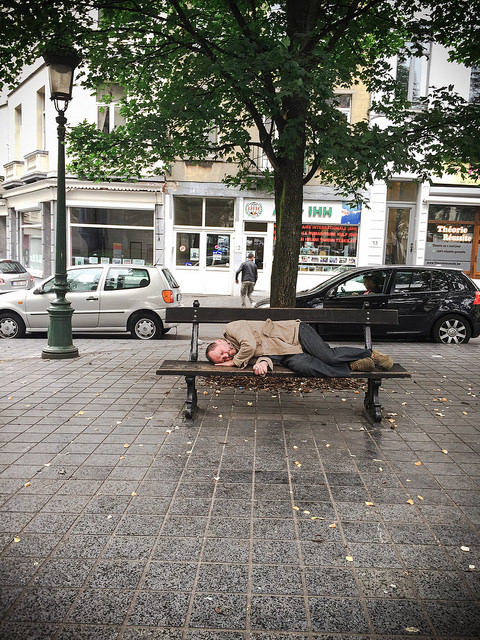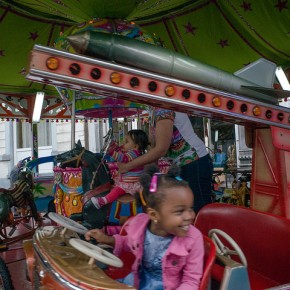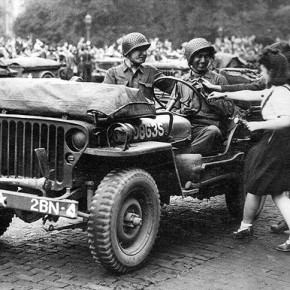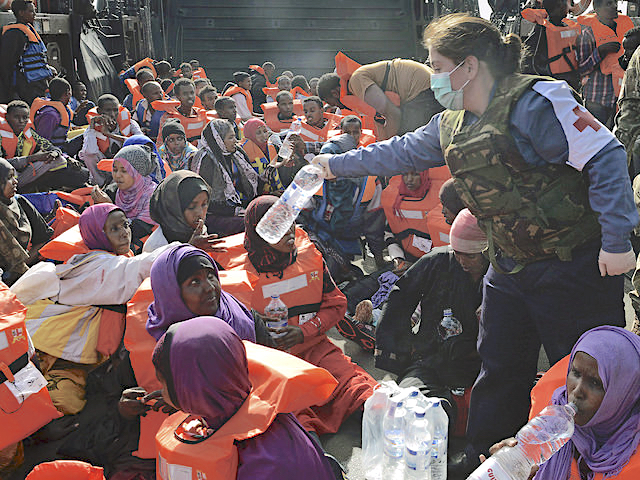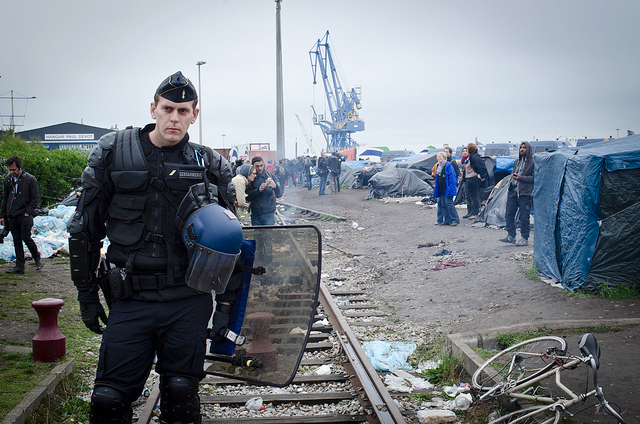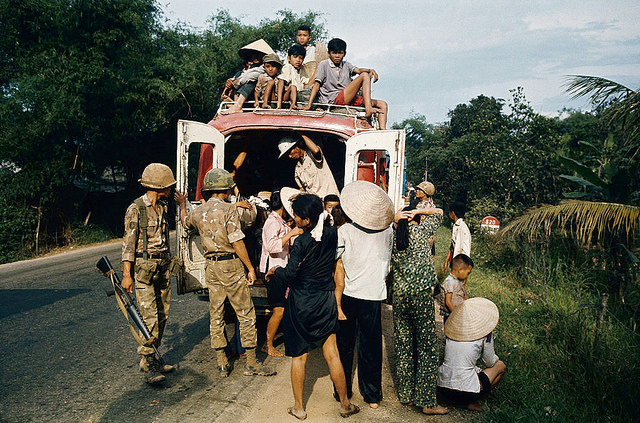Sleeping out in the open may not feel as transgressive as having sex there, but it still leaves those who witness it uneasy. Privacy isn’t simply something we want for ourselves, but also for those around us. Although we know, intellectually, that everyone must satisfy the same biological needs, we would rather not be reminded of that fact too often.
When public space is conceived of as a place where we should only perform a narrow range of actions, all of which are classified as “civilized”, the presence of people who do not have the luxury of meeting that standard is a powerful force for destabilization. If people are allowed to break with one social convention, the reasoning goes, they will soon see no reason to adhere to others.
That is why governments across the developed world spend so much time policing parks, believing that they are defending civilization itself from the proverbial “barbarians at the gates.” The concern isn’t with how people actually are, behind the scenes, but how they appear and also how much they appear.
Once Europe had started to look like itself again, after years of repairing the damage left by World War II, its leaders took advantage of their nations’ new roominess — population decline has its perks, from an administrative standpoint — to hide evidence of human suffering whenever possible. One of the more pernicious functions of the postwar welfare state was to find ways to “disappear” populations likely to draw negative attention, most obviously by consigning them to tower blocks far away from the spectacular public spaces where tourists were intended to roam.
Of course, in many countries, the drop in able-bodied adults was so precipitous that both permanent and temporary immigration had to be encouraged just to keep the economy going. This trend was clearly at cross-purposes with the goal of concealing difference, leading to social tensions that would later be magnified by asylum seekers and others who, while not technically refugees, still were not in a position to return to their homelands.
The Europe we are confronted with today, seemingly overwhelmed by the struggle to absorb wave after wave of migrants, represents the logical conclusion of this development. As the purview of the welfare state has been curtailed by both the strain of new demands and the mounting influence of neo-liberal ideology, it has become harder and harder to maintain the “problem-solved” façade that was smugly directed at the United States during the Cold War.
Suffering is now every bit as visible in Berlin, Paris and Rome as it is in New York and Chicago. Not only is homelessness on the rise, but the populations that had been exiled to tower blocks in the suburbs have found ways to assert themselves in public space. To be sure, the latter phenomenon often plays out as absence, with the fear of terrorism reorganizing urban life in ways that clash with postwar European ideals. But the specter of what might be seen goes hand in hand with the failure to unsee the problems that are clearly evident in every park.
Commentary by Charlie Bertsch. Photograph courtesy of Joel Schalit.
